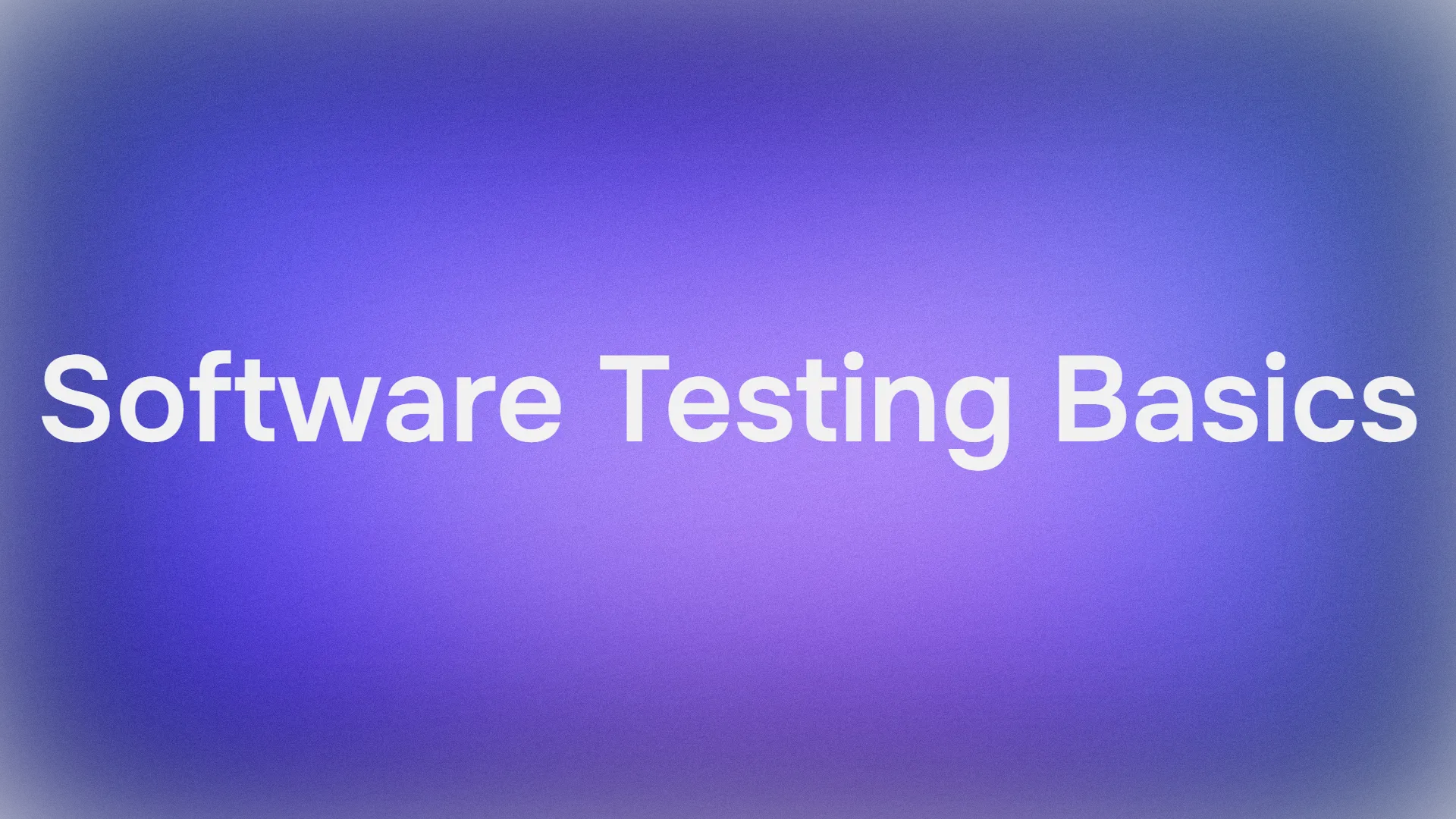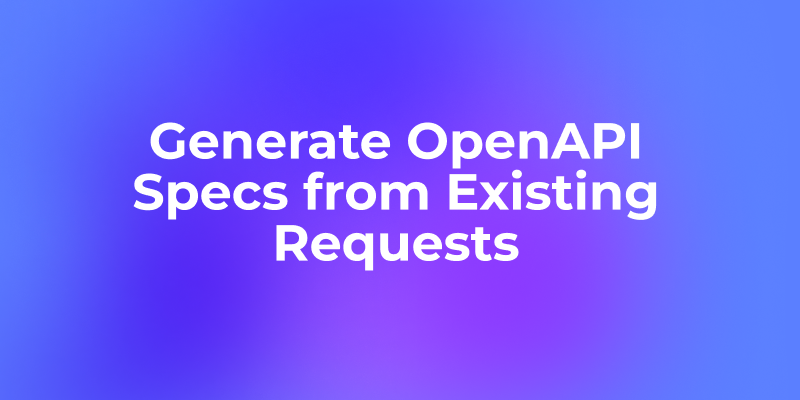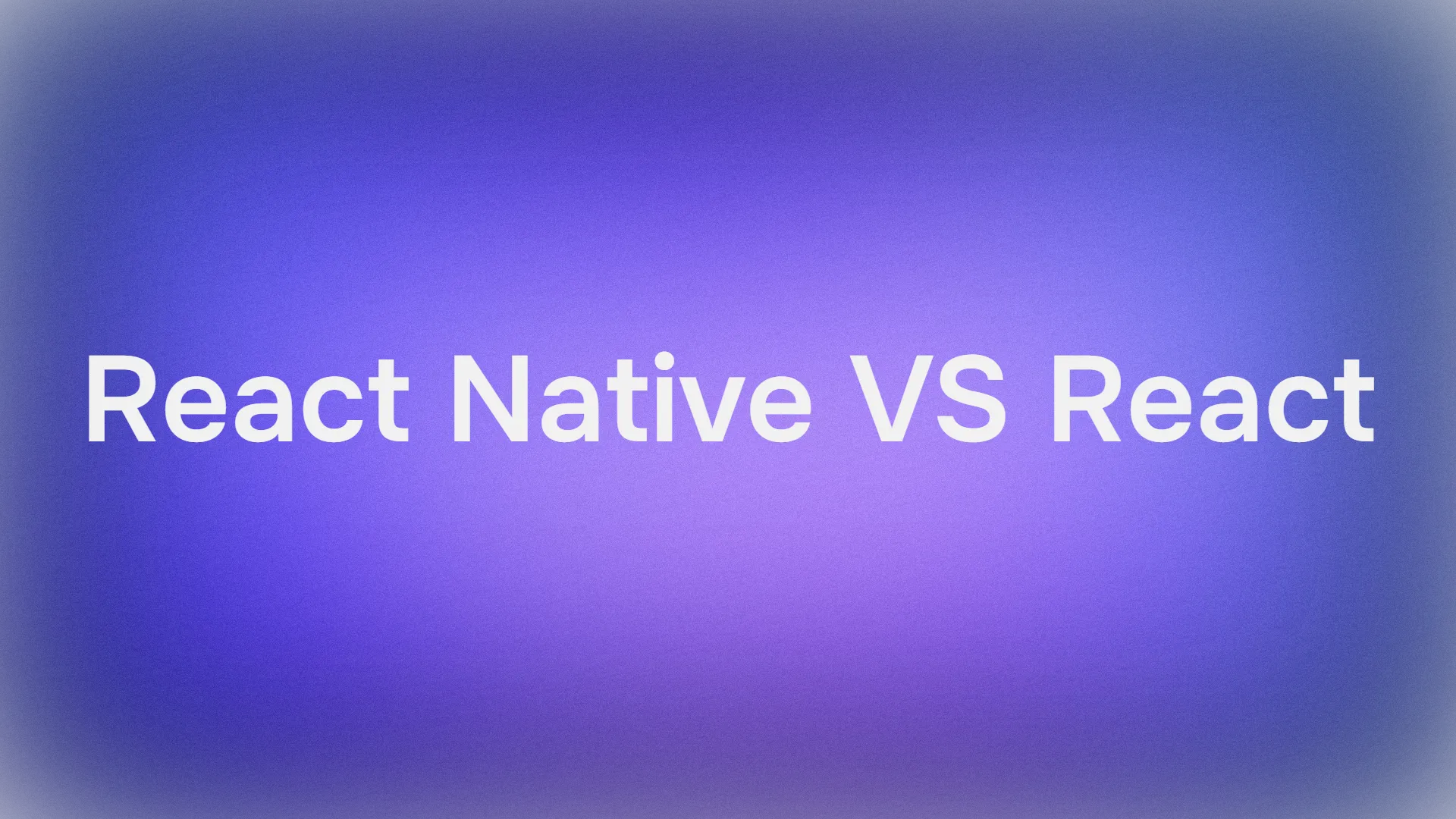For AI Industry, OCR capabilities have become increasingly important for document processing, data extraction, and automation workflows. Among the open-source vision language models (VLMs) available today, Qwen-2.5-72b has emerged as a powerful contender, particularly for OCR tasks.
This tutorial explores why Qwen-2.5-72b stands out as potentially the best open-source model for OCR tasks, examining its performance benchmarks, technical capabilities, and how to deploy it locally using Ollama.
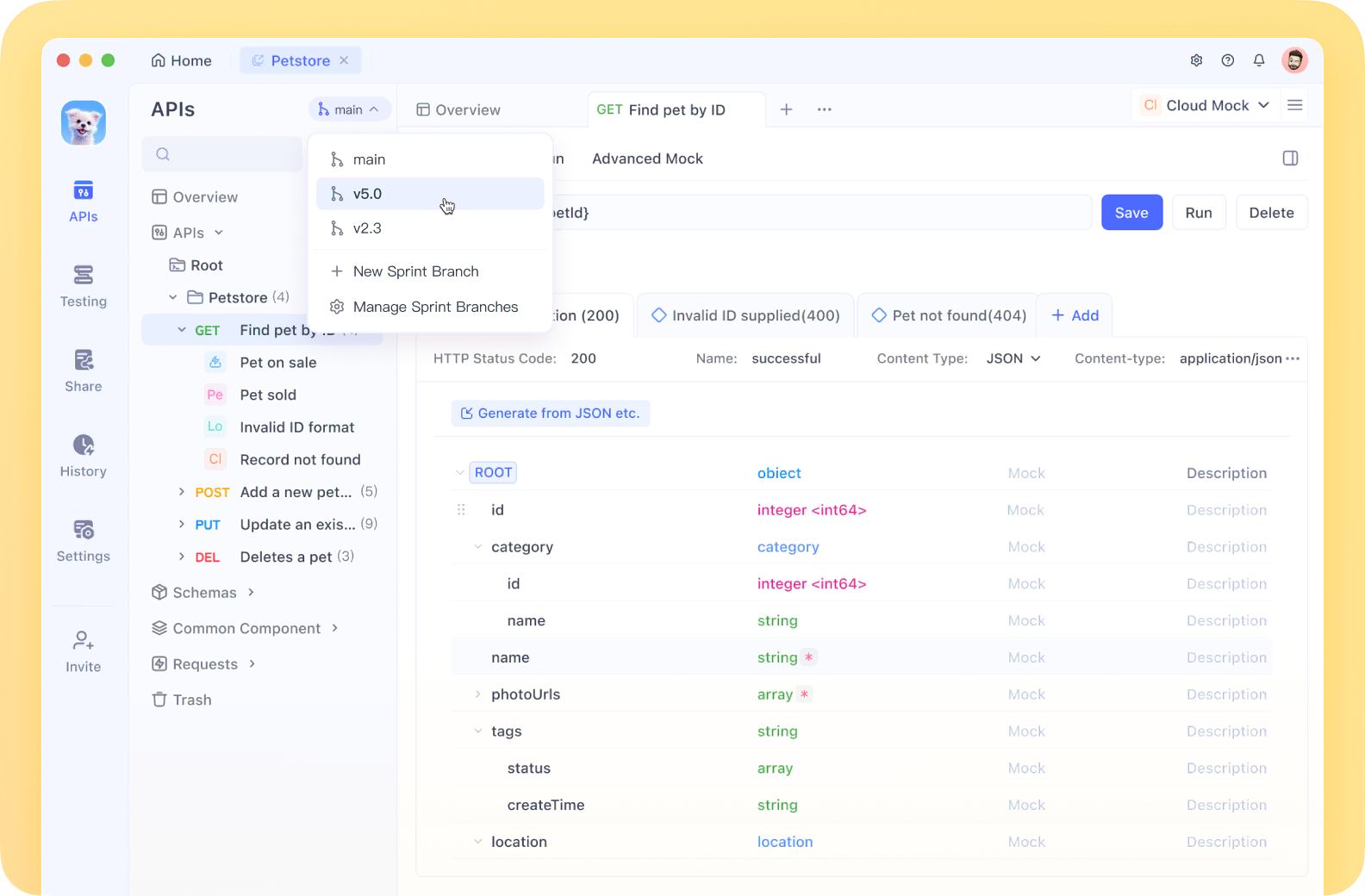
With its intuitive interface and powerful collaboration features, Apidog streamlines the entire API development lifecycle, helping teams work more efficiently while maintaining consistency across projects.
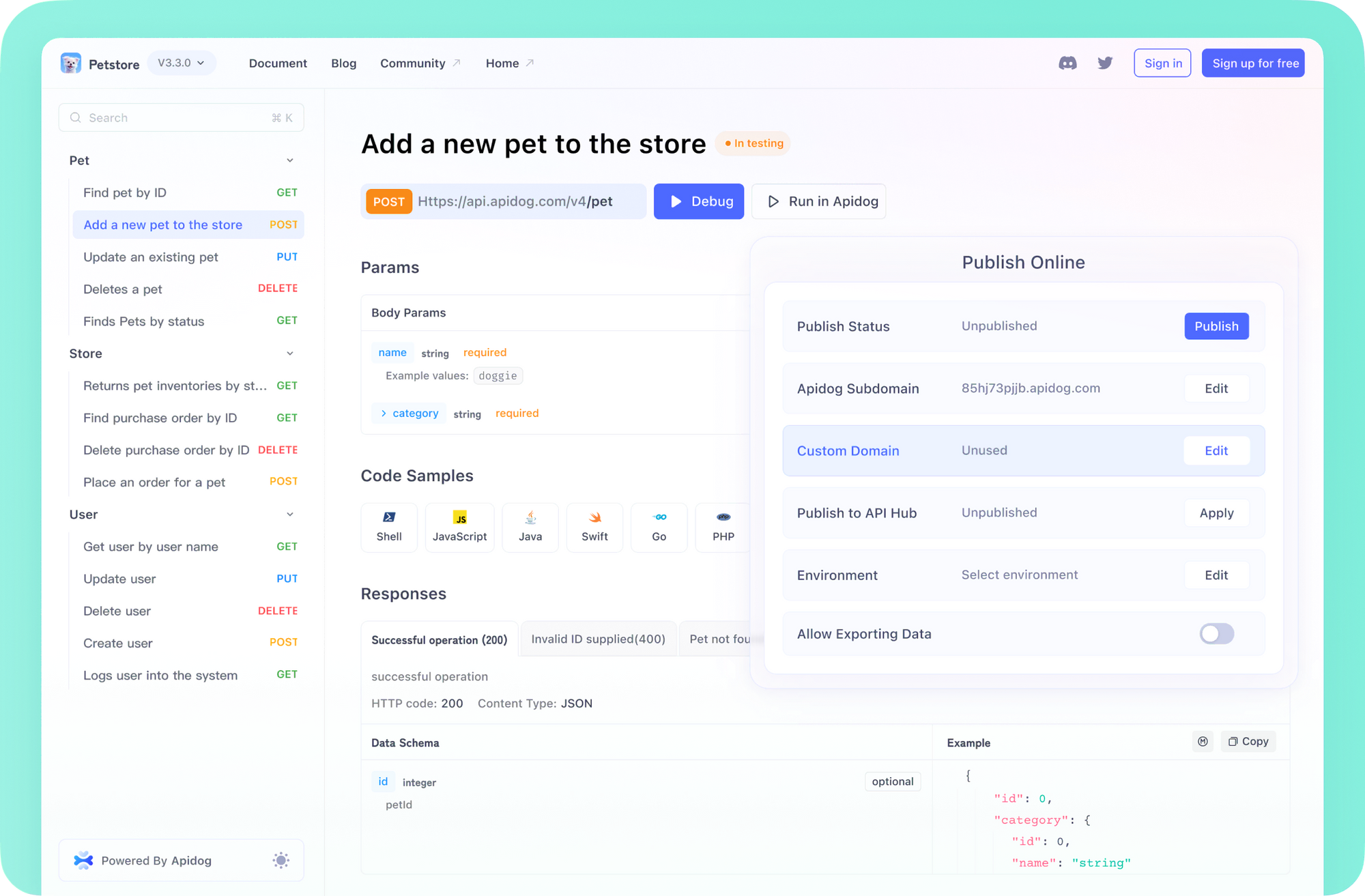
Whether you're an individual developer or part of a large enterprise, Apidog's seamless workflow integration and robust toolset make it the perfect companion for modern API development.
Qwen-2.5 Models Benchmarks: A Quick Look
Qwen-2.5 represents Alibaba Cloud's latest series of large language models, released in September 2024. It's a significant advancement over its predecessor, Qwen-2, with several key improvements:
- Pretrained on an enormous dataset of up to 18 trillion tokens
- Enhanced knowledge capacity and domain expertise
- Superior instruction following capabilities
- Advanced handling of long texts (up to 8K token generation)
- Improved structured data understanding and output generation
- Support for context lengths up to 128K tokens
- Multilingual support across 29 languages

The Qwen-2.5 family includes models ranging from 0.5B to 72B parameters. For OCR tasks, the largest 72B model delivers the most impressive performance, though the 32B variant also performs exceptionally well.
Why Qwen-2.5-72B is the Best Open Source OCR Model

Benchmark Results
According to comprehensive benchmarks conducted by OmniAI that evaluated open-source models for OCR, Qwen-2.5-VL models (both 72B and 32B variants) demonstrated remarkable performance:
- Accuracy: Both Qwen-2.5-VL models achieved approximately 75% accuracy in JSON extraction tasks from documents, matching the performance of GPT-4o.
- Competitive Edge: Qwen-2.5-VL models outperformed mistral-ocr (72.2%), which is specifically trained for OCR tasks.
- Superior Performance: They significantly outperformed other popular open-source models including Gemma-3 (27B) which only achieved 42.9% accuracy, and Llama models.
What makes this particularly impressive is that Qwen-2.5-VL models weren't exclusively designed for OCR tasks, yet they outperformed specialized OCR models. This demonstrates their versatile and robust vision processing capabilities.

Key Advantages for OCR Tasks
Several factors contribute to Qwen-2.5-72b's exceptional OCR performance:
- Enhanced Structured Data Processing: Qwen-2.5 models excel at understanding structured data formats like tables and forms, which are common in documents requiring OCR.
- Improved JSON Output Generation: The model has been specifically optimized to generate structured outputs in formats like JSON, which is crucial for extracting and organizing information from scanned documents.
- Large Context Window: With context support up to 128K tokens, the model can process entire documents or multiple pages simultaneously, maintaining coherence and contextual understanding throughout.
- Multilingual OCR Capabilities: Support for 29 languages makes it versatile for international document processing needs.
- Visual-Textual Integration: The 72B model leverages its massive parameter count to better connect visual elements with textual understanding, improving comprehension of document layouts, tables, and mixed text-image content.
- Resilience to Document Variation: The model performs consistently across various document types, qualities, and formats, demonstrating robust OCR capabilities in real-world scenarios.
Running Qwen-2.5-72b Locally with Ollama
Ollama provides an easy way to run large language models locally, including Qwen-2.5-72b. Here's a step-by-step guide to deploying this powerful OCR model on your own machine:
System Requirements
Before proceeding, ensure your system meets these minimum requirements:
- RAM: 64GB+ recommended (47GB model size plus overhead)
- GPU: NVIDIA GPU with at least 48GB VRAM for full precision, or 24GB+ with quantization
- Storage: At least 50GB free space for the model and temporary files
- Operating System: Linux, macOS, or Windows (with WSL2)
Installation Steps
Install Ollama
Visit ollama.com/download and download the appropriate version for your operating system. Follow the installation instructions.
Pull the Qwen-2.5-72b Model
Open a terminal or command prompt and run:
ollama pull qwen2.5:72b
This will download the model, which is approximately 47GB in size with Q4_K_M quantization. The download might take some time depending on your internet connection.
Start the Model
Once downloaded, you can start the model with:
ollama run qwen2.5:72b
Using the Model for OCR Tasks
You can interact with the model directly through the command line or use the Ollama API for more complex applications. For OCR tasks, you'll need to send images to the model.
API Integration for OCR Tasks
To use Qwen-2.5-72b for OCR through the Ollama API:
Start the Ollama Server
If not already running, start the Ollama service.
Set Up an API Request
Here's a Python example using the requests library:
import requests
import base64
# Function to encode the image
def encode_image(image_path):
with open(image_path, "rb") as image_file:
return base64.b64encode(image_file.read()).decode('utf-8')
# Path to your document image
image_path = "path/to/your/document.jpg"
base64_image = encode_image(image_path)
# Construct the API request
api_url = "<http://localhost:11434/api/generate>"
payload = {
"model": "qwen2.5:72b",
"prompt": "Extract text from this document and format it as JSON.",
"images": [base64_image],
"stream": False
}
# Send the request
response = requests.post(api_url, json=payload)
result = response.json()
# Print the extracted text
print(result['response'])
Optimize OCR Prompts
For better OCR results, use specific prompts tailored to your document type:
- For invoices: "Extract all invoice details including invoice number, date, vendor, line items and total amounts as structured JSON."
- For forms: "Extract all fields and their values from this form and format them as JSON."
- For tables: "Extract this table data and convert it to a JSON array structure."
Advanced OCR Workflows
For more sophisticated OCR workflows, you can combine Qwen-2.5-72b with pre-processing tools:
- Document Pre-processing
- Use OpenCV or other image processing libraries to enhance document images
- Apply deskewing, contrast enhancement, and noise reduction
2. Page Segmentation
- For multi-page documents, split them and process each page individually
- Use the model's context window to maintain coherence across pages
3. Post-Processing
- Implement validation and cleaning logic for extracted text
- Use regular expressions or secondary LLM passes to fix common OCR errors
Optimizing OCR Performance
To get the best OCR results from Qwen-2.5-72b, consider these best practices:
- Image Quality Matters: Provide the highest resolution images possible within API limits.
- Be Specific in Prompts: Tell the model exactly what information to extract and in what format.
- Leverage Structured Output: Take advantage of the model's JSON generation capabilities by explicitly requesting structured formats.
- Use System Messages: Set up appropriate system messages to guide the model's OCR behavior.
- Temperature Settings: Lower temperature values (0.0-0.3) typically produce more accurate OCR results.
Conclusion
Qwen-2.5-72b represents a significant advancement in open-source OCR capabilities. Its exceptional performance in benchmarks, outperforming even specialized OCR models, makes it a compelling choice for developers and organizations seeking powerful document processing solutions.
The model's combination of visual understanding, structured data processing, and multilingual capabilities creates a versatile OCR solution that can handle diverse document types across various languages. While it requires substantial computational resources, the results justify the investment for many use cases.
By leveraging Ollama for local deployment, developers can easily integrate this powerful model into their workflows without relying on external APIs. This opens up possibilities for secure, on-premises document processing solutions that maintain data privacy while delivering state-of-the-art OCR performance.
Whether you're building an automated document processing pipeline, extracting data from forms and invoices, or digitizing printed materials, Qwen-2.5-72b offers one of the most capable open-source solutions available today for OCR tasks.

